Samba is a lively, rhythmical dance of Brazilian origin in 2/4 time danced under the Samba music. However, there are three steps to every bar, making the Samba feel like a 3/4 timed dance.
The Samba music rhythm has been danced in Brazil since its inception in the late 19th century. There is actually a set of dances, rather than a single dance, that define the Samba dancing scene in Brazil; thus, no one dance can be claimed with certainty as the "original" Samba style. Another major stream of the Samba dance besides the Brazilian Samba dancing styles is Ballroom Samba which differs significantly.
Samba no pé is a solo dance that is most often danced impromptu when samba music is played. The basic movement involves a straight body and a bending of one knee at a time. The feet move very slightly - only a few inches at a time. The rhythm is 2/4, with 3 steps per measure. It can be thought of as a step-ball-change. It can be described calling it and-a-one, and-a-two, then back to one. The basic movement is the same to either side, where one foot moves to the outside lifting up just before the first beat, lifting on the "and-a" and replacing itself on the floor on the one beat (i.e. the right leg moves slightly to the right) and this leg is kept straight. The other foot moves slightly towards the front, and closer to the first foot. The second leg bends slightly at the knee so that the left side of the hip lowers and the right side appears to move higher. The weight is shifted to this inside foot briefly for the next "and-a", then shifted back to the outside foot on the "two", and the same series of actions is repeated towards the other side.
The dance simply follows the beat of the music and can go from average pace to very fast. Men dance with the whole foot on the ground while women, often wearing heels, dance just on the balls of the foot. Professionals may change the steps slightly, taking 4 steps per measure instead of 3, and often add various arm movements depending on the mood of the music.
The Samba music rhythm has been danced in Brazil since its inception in the late 19th century. There is actually a set of dances, rather than a single dance, that define the Samba dancing scene in Brazil; thus, no one dance can be claimed with certainty as the "original" Samba style. Another major stream of the Samba dance besides the Brazilian Samba dancing styles is Ballroom Samba which differs significantly.
Samba no pé is a solo dance that is most often danced impromptu when samba music is played. The basic movement involves a straight body and a bending of one knee at a time. The feet move very slightly - only a few inches at a time. The rhythm is 2/4, with 3 steps per measure. It can be thought of as a step-ball-change. It can be described calling it and-a-one, and-a-two, then back to one. The basic movement is the same to either side, where one foot moves to the outside lifting up just before the first beat, lifting on the "and-a" and replacing itself on the floor on the one beat (i.e. the right leg moves slightly to the right) and this leg is kept straight. The other foot moves slightly towards the front, and closer to the first foot. The second leg bends slightly at the knee so that the left side of the hip lowers and the right side appears to move higher. The weight is shifted to this inside foot briefly for the next "and-a", then shifted back to the outside foot on the "two", and the same series of actions is repeated towards the other side.
The dance simply follows the beat of the music and can go from average pace to very fast. Men dance with the whole foot on the ground while women, often wearing heels, dance just on the balls of the foot. Professionals may change the steps slightly, taking 4 steps per measure instead of 3, and often add various arm movements depending on the mood of the music.













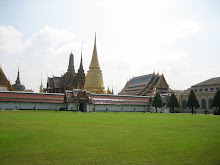
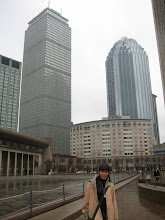
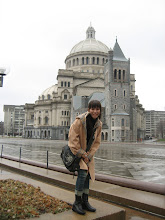
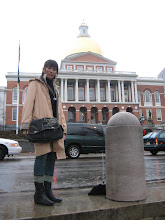
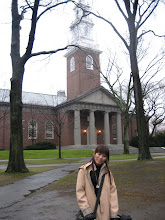
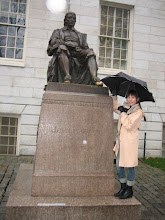
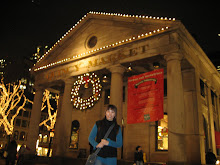
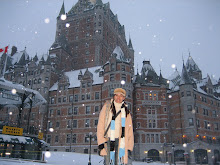
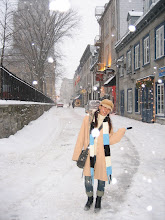
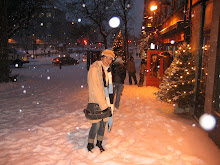
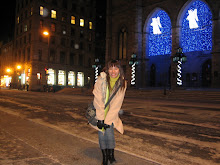
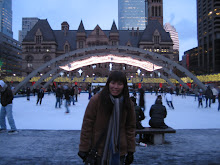

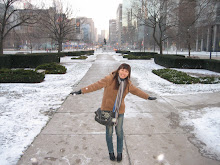
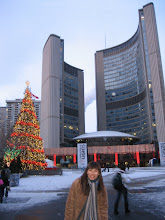

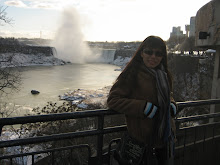

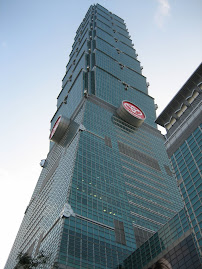+080.jpg)



